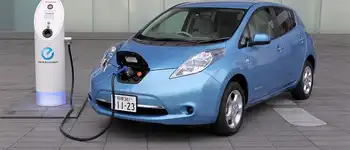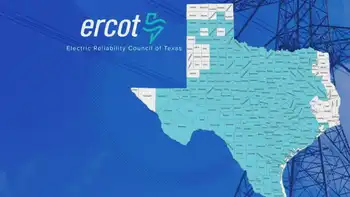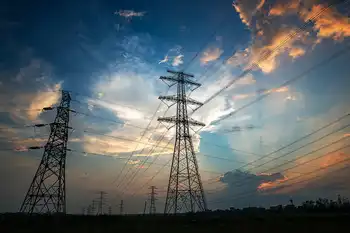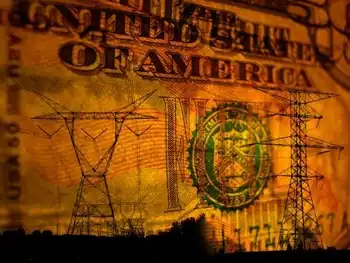Nova Scotia could lead the green way
By Nova Scotia Chronicle Herald
Electrical Testing & Commissioning of Power Systems
Our customized live online or in‑person group training can be delivered to your staff at your location.

- Live Online
- 12 hours Instructor-led
- Group Training Available
Mr. Dion’s Green Shift plan, which he announced in Ottawa, would impose a tax on carbon-producing energy sources such as oil and, especially, coal. Because most of Nova Scotia’s electricity is produced in coal-powered plants, the plan would drive up the province’s electricity bills — an increase the Liberals promise would be offset by income tax cuts and tax credits.
It would also help create an environment where new, green industries would grow, Mr. Dion said.
"As long as greenhouse gas emissions are free, itÂ’s very difficult to move toward (renewable energy)," he said. "So itÂ’s important to put a price on carbon, and coal is the most polluting one of all of them, so any climate change plan in Canada will have to address the problem of coal, and to put a price on coal."
Nova Scotia is well placed to develop geothermal energy from old coal mines in Cape Breton, and tidal power in the Bay of Fundy is a "great opportunity," he said.
"ItÂ’s very difficult to go ahead when coal is so cheap, because the pollution of coal is not taken into account in the cost."
Mr. DionÂ’s plan includes tax incentives for green investments and tax credits for green research and development. Those incentives, coupled with the carbon tax, will create new businesses, Mr. Dion said.
"When you go to a green show in Halifax, you see a lot of solutions," he said. "They are not in the market because they cannot compete on the same footing as polluting industries, because the polluters donÂ’t pay for the pollution. Pollution is free. So until you put the cost on it, all the innovations that are good for the economy, good for the environment, good for the health, are still in the laboratories and not on the market.
"So you need to put a price on carbon to increase in Canada the investments in green technologies and green jobs that are booming around the world."
The Liberal leader, whose communication skills are often criticized, was relaxed, cheerful and confident during the interview, and his aides say they are pleased with initial reactions to his plan, which has received positive reviews from economists and environmentalists.
Mr. Dion, whose time as leader of the Opposition has been marked by great difficulties, said he feels he is reaching Canadians for the first time.
Mr. Dion plans to spend the summer travelling across Canada, pitching his green plan. The Conservatives, who attack his plan as a reckless tax grab, predict that Canadians will not accept it but Mr. Dion is confident that he will succeed.
"IÂ’m so convinced that itÂ’s the right thing to do for my country, that itÂ’s contagious," he said. "People will feel the same way."
Mr. Dion said he released his green plan partly in response to pressure from Liberal MPs, who want the party to capture the attention of voters.
"They said: ‘All your plans are good, but it does not make The Chronicle Herald news very long. It disappears after the first day. Can we have something that will help us to engage discussion with Canadians? So we worked on that."















